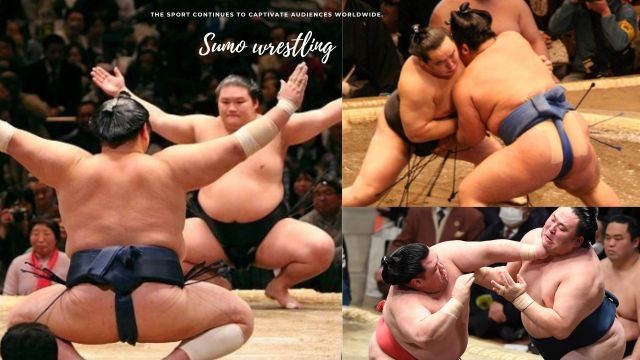In the heart of Japan's rich cultural tapestry lies the ancient and revered practice of Sumo wrestling, a traditional combat sport that has withstood the test of time. As the sport continues to captivate audiences worldwide, it's worth exploring its historical evolution and enduring significance.
Roots in Imperial Support (710-1185)
Dating back to the period between 710 and 1185, Sumo wrestling found favor within the Imperial family, gaining widespread popularity as a form of entertainment. Initially, a fierce contest of strength, dimensions, and power, Sumo evolved into a ceremonial clash where the objective was to push opponents out of a 15-foot circular arena. The sport, at this point, became as much about spectacle as it was about raw power.
Shoguns' Prohibition and Samurai Embrace
During the rule of the shoguns, public Sumo contests faced prohibition, and emphasis shifted towards combat styles tailored for the samurai, the esteemed military class. This period saw a transformation in Sumo wrestling from public entertainment to a more strategic pursuit, aligning itself with the martial traditions of the samurai.
Resurgence Post 1600 and Professionalization
The renaissance of Sumo wrestling occurred after 1600, marking its resurgence as a professional sport and earning its title as the most representative of Japan. Today, six major tournaments are held annually, drawing massive audiences. Athletes, dedicated to their craft, make a livelihood from this venerable tradition.
Yokozuna: The Pinnacle of Achievement
At the summit of Sumo wrestling stands the prestigious title of Yokozuna, meaning "grand champion." The lineage of Yokozuna dates back to 1632, with Akashi Shiganosuke as the inaugural recipient. Awarded through a meticulous hierarchy, becoming a Yokozuna is the highest honor a Sumo wrestler can achieve, signifying not just skill but a profound understanding of the sport's essence.
Culmination of Tradition and Modernity
Sumo wrestling remains a unique spectacle, blending ancient rituals with the athleticism of contemporary sports. Specially chosen individuals undergo rigorous training and a protein-rich diet to develop the powerful physiques that define the sport. The matches, while brief, are a choreographed display of strength, agility, and tradition, featuring intricate ceremonies and poses.
In a world that constantly evolves, Sumo wrestling stands as a testament to Japan's rich cultural heritage, embracing its historical roots while captivating audiences with its timeless appeal. As the sport continues to flourish, it serves as a symbol of strength, discipline, and the enduring spirit of Japan.






























Comment: